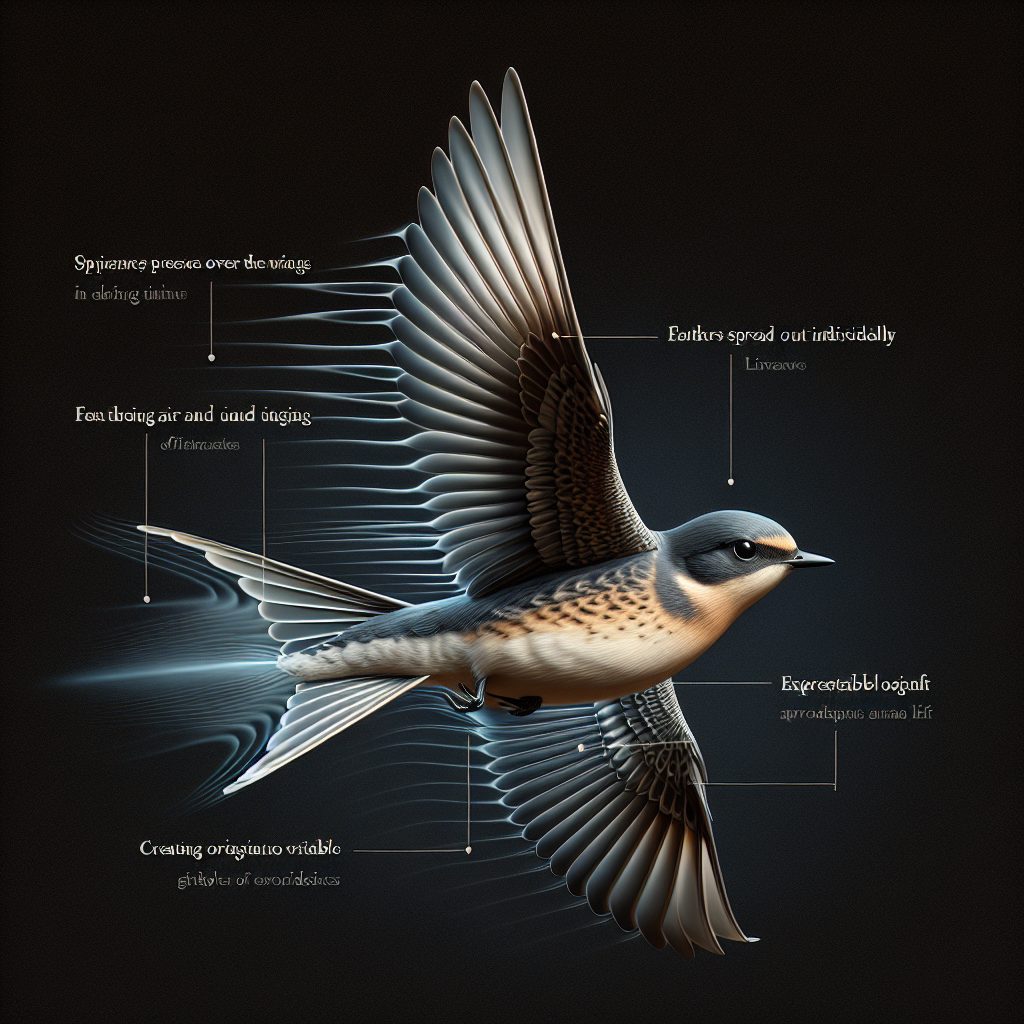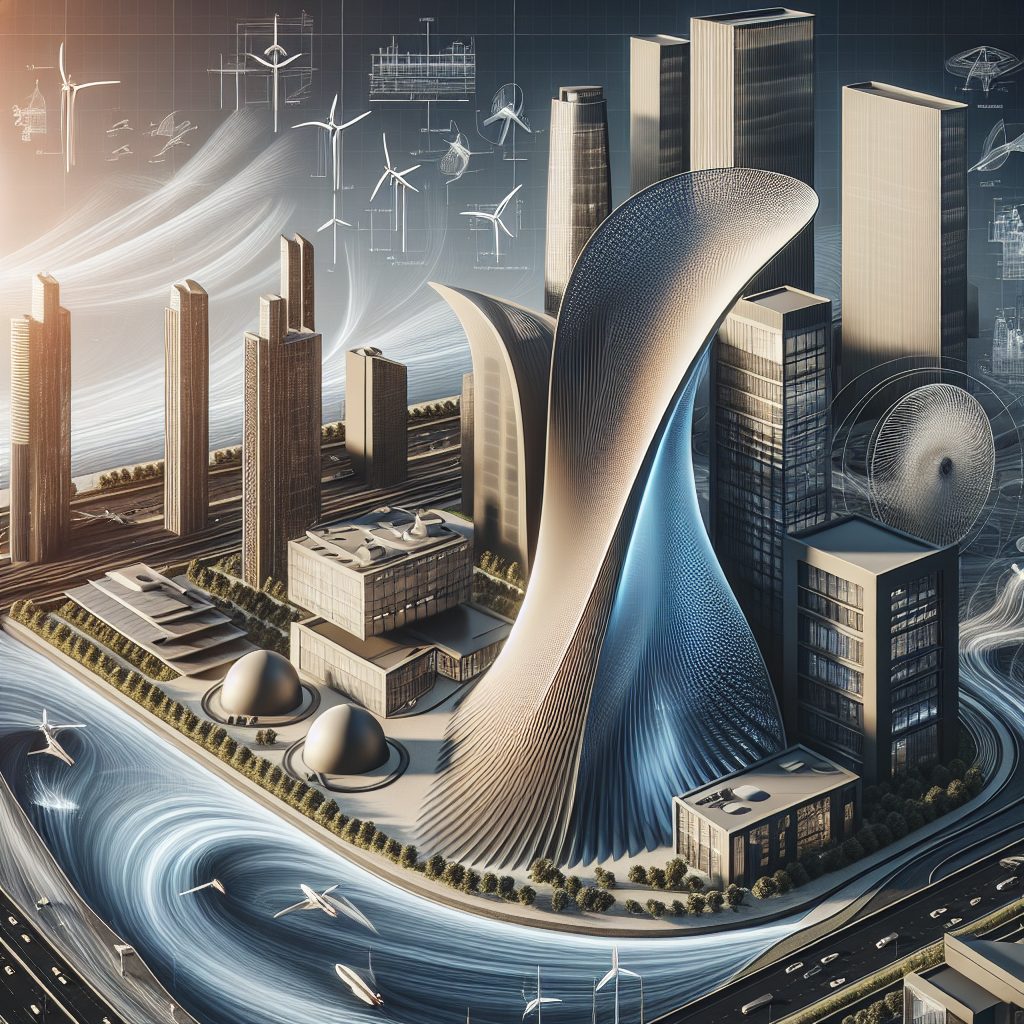
Aerodynamics of Football
Aerodynamics of football is a fascinating field of study that delves into the intricacies of how the design and shape of a football affect its flight and overall performance. From its humble beginnings as a simple leather sphere, the modern-day football has evolved into a highly sophisticated piece of equipment,…

Future Trends in Aerodynamics
Future Trends in Aerodynamics refer to the latest advancements and developments in the field of aerodynamics that are projected to significantly impact the design and performance of aircraft in the coming years. As defined by the American Institute of Aeronautics and Astronautics, aerodynamics is the study of the forces and…

What Is The Air Quality In Rockford Illinois
Are you curious about the air quality in Rockford, Illinois? Wondering if it’s safe to breathe in this bustling city? In this article, we’ll delve into the topic of air quality in Rockford, Illinois, and provide you with all the information you need to know. From the current state of…

Aerodynamics and Wind Turbines
Aerodynamics and wind turbines are two concepts that are closely intertwined when it comes to the generation of clean and sustainable energy. Aerodynamics refers to the study of how air flows around objects, while wind turbines are devices that harness the power of the wind to generate electricity. Understanding the…

Aerodynamics and Renewable Energy
Aerodynamics and Renewable Energy are two interconnected fields that have the potential to revolutionize the way we generate and utilize power. Aerodynamics refers to the study of how objects move through the air, while renewable energy focuses on harnessing natural resources such as sunlight, wind, and water to generate clean…

Airborne Particles
Airborne particles, also known as atmospheric particulate matter or simply air pollution, refer to microscopic solid or liquid particles suspended in the Earth’s atmosphere. These particles can vary in size, composition, and origin, ranging from dust and pollen to smoke and exhaust emissions from human activities. These particles, although invisible…

Particle Size
Particle size refers to the dimensions of individual particles within a substance or material, playing a crucial role in various industries. Understanding particle size is essential as it affects the physical, chemical, and mechanical properties of a product or material. From pharmaceuticals to cosmetics, paints to food processing, particle size…

Bird Flight and Aerodynamics
Bird flight and aerodynamics are fascinating subjects that have captured the interest of scientists and aviators alike for centuries. Aerodynamics is defined as the study of how air moves around objects, while bird flight refers to the intricate maneuverability and control that birds possess while in the air. One unique…

Aerodynamics in Architecture
Aerodynamics in architecture refers to the application of principles from fluid dynamics and airflow to the design and construction of buildings and structures. By incorporating aerodynamic concepts into architectural design, professionals aim to enhance building performance, energy efficiency, and occupant comfort. One unique fact about aerodynamics in architecture is that…

Aerodynamics and Climate Engineering
Aerodynamics and Climate Engineering are two interconnected fields that play a crucial role in shaping the future of transportation and environmental sustainability. Aerodynamics refers to the study of how gases behave when an object moves through them, particularly in relation to the forces of resistance and lift. Climate Engineering, on…

Marine Aerosols
Marine aerosols, in the context of environmental science, refer to tiny particles or droplets that are suspended in the atmosphere over the ocean. These aerosols are formed through a variety of natural processes, such as wind-driven wave breaking, sea spray from breaking waves, and biogenic emissions from marine organisms. One…

Remote Sensing of Aerosols
Remote Sensing of Aerosols is a crucial technique used in environmental monitoring and climate research. It involves the collection of information about aerosol particles and their distribution in the atmosphere using remote sensing instruments such as satellites and ground-based sensors. Aerosols, which are tiny solid or liquid particles suspended in…

Aerosol Chemistry
Aerosol chemistry, in simple terms, refers to the study of the various chemical compositions and reactions that occur within aerosol particles suspended in the atmosphere. Aerosol particles are tiny droplets or solid particles that are suspended in the air and can have a significant impact on our environment and health.…

Air Quality and Aerosols
Air quality is a crucial aspect of our environment, impacting both our health and the ecosystem as a whole. One key factor that affects air quality is aerosols. Aerosols are tiny particles suspended in the air, often so small that they are invisible to the naked eye. These particles can…

Urban Aerosol Studies
Urban aerosol studies focus on the examination and analysis of particulate matter suspended in the air within urban areas. These small particles, known as aerosols, can range in size from nanometers to micrometers and consist of a variety of substances such as dust, pollutants, and even biological matter. One unique…

Volcanic Aerosols
Volcanic aerosols are tiny particles and droplets that are released into the atmosphere during volcanic eruptions. These aerosols can have a significant impact on the Earth’s climate and weather patterns. One unique fact about volcanic aerosols is that they can stay in the atmosphere for weeks or even months, spreading…

Bioaerosols
Bioaerosols are a fascinating and often overlooked component of our environment. These microorganisms, such as bacteria, fungi, and viruses, are suspended in the air and can have significant impacts on both human health and the environment. In fact, studies have shown that we are constantly surrounded by bioaerosols, with indoor…

Spaceborne Aerosol Observations
Spaceborne aerosol observations refer to the collection and analysis of data regarding airborne particles or aerosols from space-based platforms. This unique field of study provides valuable insights into the presence, distribution, and behavior of aerosols in Earth’s atmosphere. Aerosols can include a wide range of particles, such as dust, smoke,…

Aerosol Pollution
Aerosol pollution is a term that refers to the presence of microscopic solid or liquid particles suspended in the air. These particles can be natural, such as dust and sea salt, or they can be anthropogenic, resulting from human activities such as industrial emissions and vehicle exhaust. One unique fact…

Health Effects of Aerosols
Aerosols, in the context of health, are tiny particles suspended in the air that can have a significant impact on our well-being. These aerosols can be natural, such as dust and sea salt, or man-made, such as smoke and pollutants from vehicles and industries. One unique fact about aerosols is…
